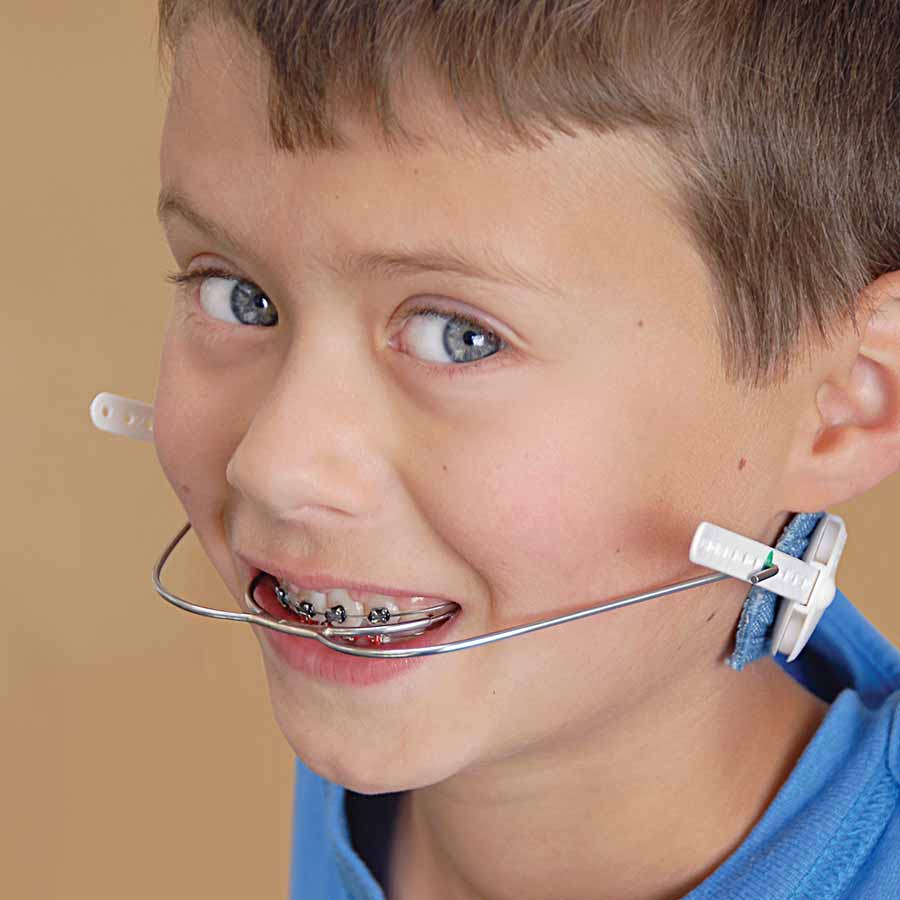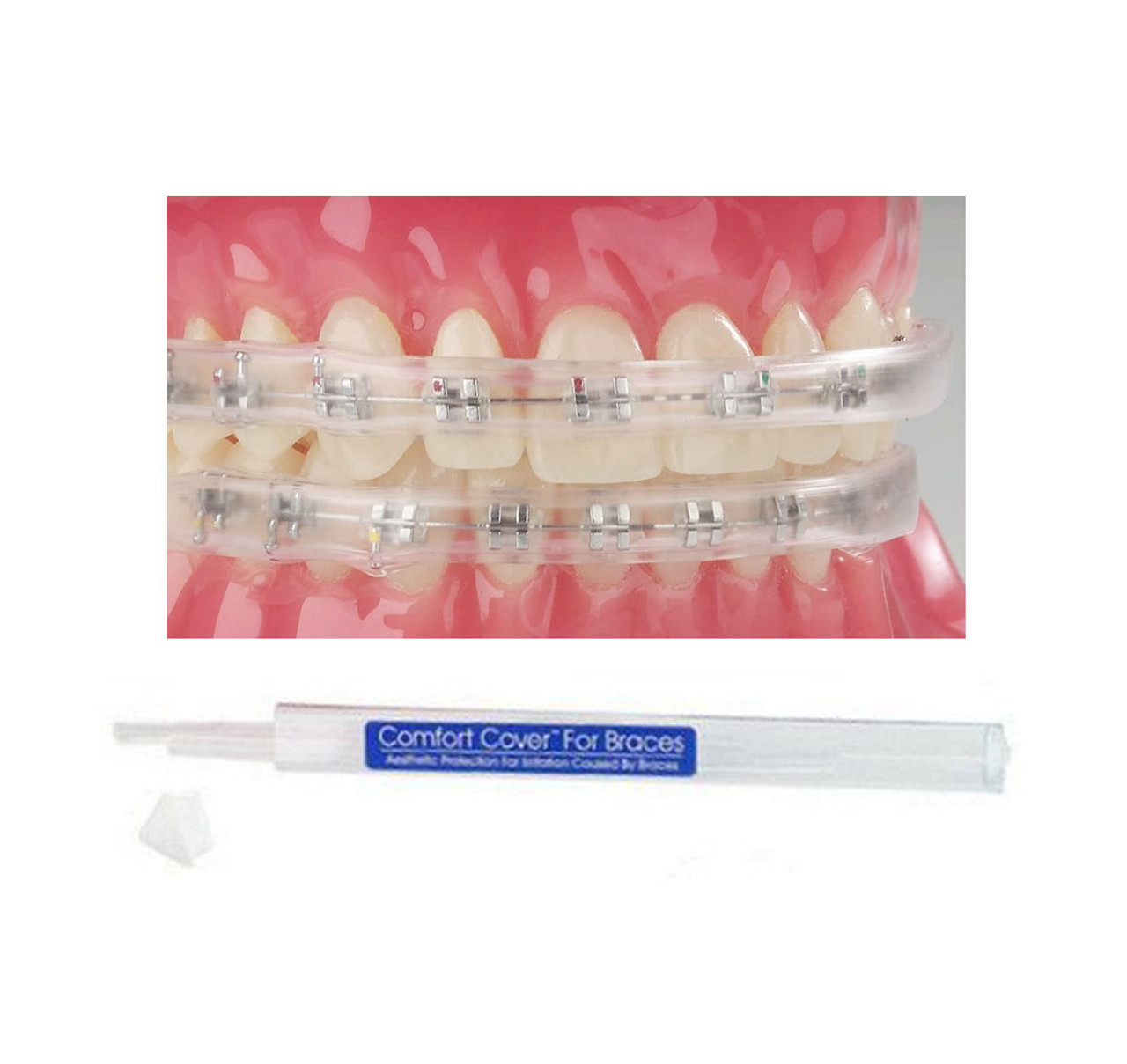Comprehensive Overview to Orthodontics Treatments for Correcting Oral Imbalances
In the world of orthodontics, the trip to achieving a perfectly lined up smile entails a myriad of treatments customized to correct dental misalignments. From conventional braces to unseen aligners and also medical alternatives, the area of orthodontics offers a range of services to attend to differing levels of oral irregularities. Comprehending the ins and outs of each treatment, including their devices, advantages, and possible downsides, is critical in making educated decisions concerning one's orthodontic therapy. As we browse with the detailed guide to orthodontic procedures for dealing with oral imbalances, the complex information of each technique will unfold, clarifying the path towards a practical and harmonious oral placement.
Orthodontic Procedures Introduction

Routine changes and surveillance are essential parts of orthodontic treatment to guarantee development is on track and to make any type of essential alterations along the means. By undertaking orthodontic treatments, people can not just attain a straighter smile however likewise improve their overall oral wellness and feature.
Typical Braces: How They Function
When considering orthodontic treatments for oral imbalances, conventional braces stand out as a reliable method for fixing teeth placing. Typical braces consist of brackets, cables, and bands that function together to use continuous pressure on the teeth, slowly moving them right into the wanted placement.
As stress is used to the teeth with the dental braces, the bone bordering the teeth is improved to sustain the brand-new tooth settings. Individuals will need normal changes at the orthodontist's workplace to make sure the dental braces continue to apply the correct stress for efficient teeth movement.
Unnoticeable Aligners: Advantages And Disadvantages
These clear, custom-made trays are essentially unseen when put on, making them an appealing option for individuals looking for a more aesthetically pleasing orthodontic therapy. Patients can get rid of the aligners prior to eating or cleaning their teeth, reducing the threat of food getting stuck in the home appliance and simplifying the cleansing process.

Surgical Orthodontic Options
Surgical interventions in orthodontics present sensible alternatives for addressing complex dental imbalances that might not be properly fixed through standard orthodontic treatments. While typical braces and unnoticeable aligners can remedy several orthodontic issues, certain cases call for medical intervention to attain optimum results. Surgical orthodontic options are usually recommended for extreme malocclusions, substantial jaw inconsistencies, and cases where the underlying bone framework needs modification to attain proper placement.
One common surgical orthodontic treatment is orthognathic surgical treatment, which involves rearranging the jaws to remedy functional concerns such as difficulty eating or speaking. This surgical procedure is commonly carried out in collaboration with an orthodontist who helps line up the teeth prior to and after the procedure. Surgical orthodontics might also involve treatments to expose influenced next page teeth, remove pop over here excess gum cells, or reshape the jawbone to produce an extra harmonious facial profile.
Before taking into consideration surgical orthodontic choices, patients go through an extensive assessment to determine the need and potential benefits of such treatments. cumming invisalign. While surgery may appear overwhelming, it can significantly enhance both the feature and visual appeals of the smile in situations where standard orthodontic therapies drop short
Retainers and Post-Treatment Care

Post-treatment treatment includes adhering to the orthodontist's guidelines diligently. This might consist of correct dental health techniques, participating in follow-up appointments, and wearing the retainers as prescribed. Failure to abide with post-treatment treatment instructions can result in relapse, where the teeth gradually return towards their original placements. Consistent retainer wear, great oral hygiene, and regular teeth whitening trays oral exams are important for maintaining the results attained through orthodontic surgical treatment and making sure the long-lasting stability of the corrected oral placement.
Final Thought
Finally, orthodontic treatments use various alternatives for remedying dental misalignments. Standard braces make use of metal braces and cables to change teeth into proper placement. Undetectable aligners offer an even more discreet choice however might not be appropriate for all cases. Surgical orthodontic choices are available for extra severe imbalances. Retainers are typically made use of post-treatment to preserve the brand-new placement. In general, orthodontic treatments can efficiently boost dental health and wellness and visual appearance.
As we navigate with the thorough overview to orthodontic treatments for fixing dental imbalances, the intricate details of each technique will certainly unravel, shedding light on the course toward a unified and useful dental positioning. - braces
One of the most typical orthodontic therapies is the use of dental braces, which consist of metal braces and cords that use gentle pressure to gradually move teeth into the preferred position.When thinking about orthodontic treatments for dental misalignments, standard dental braces stand out as a reliable approach for dealing with teeth placing. Additionally, unnoticeable aligners might not be suitable for complex orthodontic issues that require even more substantial teeth activity, as they are normally suggested for moderate to moderate cases. Retainers are customized orthodontic gadgets developed to hold teeth in their fixed positions after the completion of orthodontic treatment.
Comments on “Specialist Cumming Braces and Aligners: What to Know Before You Check out”